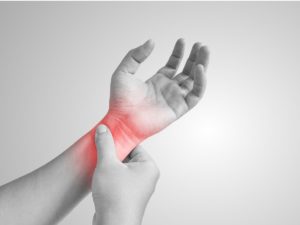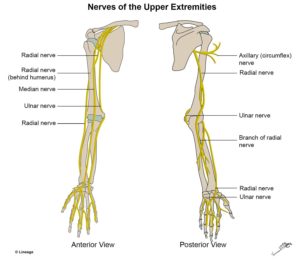Are you currently experiencing neck pain working from home? Have you had a niggling tight neck for a long time which won’t go away?
Continue reading below to find out more!
Over our lifetime, we will at some point suffer from some kind of injury whether that be minor or major. The most common forms of injuries are related to the musculoskeletal system which refers to the body structures such as bones, muscles, tendons, ligaments and soft tissue. The location of the injuries vary from person to person with neck pain being one of the more common regions.
Neck pain is very prevalent in this day and age, whether you’re a male, female, young or old, at some point you will feel some kind of neck pain. Currently in the world, the prevalence of neck pain ranges between 10-20% worldwide! This is very similar in comparison to low back pain and is something that is widely looked after.
Given the current COVID-19 situation over the past few years, a lot has changed with regards to how we do things. One of the most affected areas relates to our work environment. Over the past few years, we’ve noticed an increase in working from home setups in order to battle this global pandemic. As a result of this, there has been an increase in musculoskeletal pain, in particular, neck pain.
Causes of neck pain
When it comes to the cause of neck pain, it can be broken down in three categories.
- Musculoskeletal – referring to muscular strains, degenerative causes or disc and ligaments
- Neurological – referring to cases affecting nerve roots and nerve passages
- Non-spinal – referring to cases related to non-spinal structures such as infections, tumours and rheumatic diseases.
Out of the three categories, majority of the cases belong to the first group and can be treated conservatively and effectively. As we continue to make changes to our work stations and setup during this time, it’s very important that we take note of several factors that causes neck pain. A strong focus of posture, work-set up and activity is key preventing neck pain.
How does posture affect the neck?
One of the most common concern when it comes to neck pain is posture. People always say, I’m too slouched at my desk or I’m always leaning forward, is that why my neck hurts? To a certain degree, yes, posture can have an effect on your neck structures and hence resulting in pain.
The most common position of poor posture within our neck is the forward head position when slumped. As a result of this forward head posture, you will notice a shortening of the posterior (back) muscles of the neck, in particular the upper trapezius and levator scapula muscles. Opposing to this reaction, there is also a weakness and deactivation of certain muscle groups which helps support the neck in the opposite direction. These muscles include the deep neck flexors. As you can imagine, being in this prolonged posture, there will be an increase in the amount of stress placed on these ligaments and joints leading to mechanical or musculoskeletal neck pain. Additionally, being in this position, not only affect these main groups of muscles, but other structures including the scalene muscle, pectoral muscle and upper back muscles become involved and should also be considered.
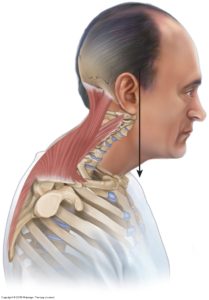
Tips for Neck Pain
Although neck pain is very common and can be quite sore occasionally, there is no need for panic! Neck pain is very common and as mentioned above, majority of neck pain cases are musculoskeletal in nature and can be treated effectively with much success. Below are a few tips and tricks you can try at home for some relief!
1. Exercise and Mobility
Whenever we feel pain, naturally, we would love to just rest and not do anything at all. However, on the contrary, moving and exercise is a really good way for your body to recover from this issue. Our bodies are designed to be mobile and free, so whenever we suffer from neck pain, moving within pain-free ranges of motion is a really good simple exercise to help get some relief.
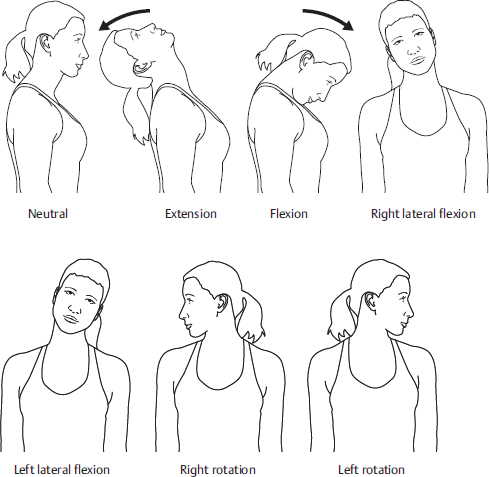
2. Take Frequent Breaks
Working at home isn’t easy and I totally understand. However, as mentioned above, our body are made to be stuck at a desk for long extended periods so therefore the next tip to help with neck pain would be to take frequent breaks. These breaks don’t have to be long in nature and could only be 1-2 mins in length. The idea of the break is for you to reset your body position, stand up and do a few stretches mentioned below then resume your work. Taking more frequent but shorter breaks has shown to be very beneficial over long prolonged breaks.
3. Stretch
As stated, commonly our muscles will become overworked and shortened, hence leading to tightness and stiffness. One of the simple tip to help alleviate this issue would be to do some gentle stretching every now and then. Have a look at a few variations of stretches that target different muscles around the neck.


Seated Scalene Stretch



Seated Upper Trapezius and Levator Scapula Stretch
4. Self Massage and Trigger Ball
When our muscles tighten up, you will notice that along the muscle, you feel little nodules or tight string-like knots. These are known as trigger points and they are just muscle fibres that form within a muscle that causes pain. A simple remedy to provide some relief at home would be to apply a gentle trigger point release with some at home equipment. Take a look below.
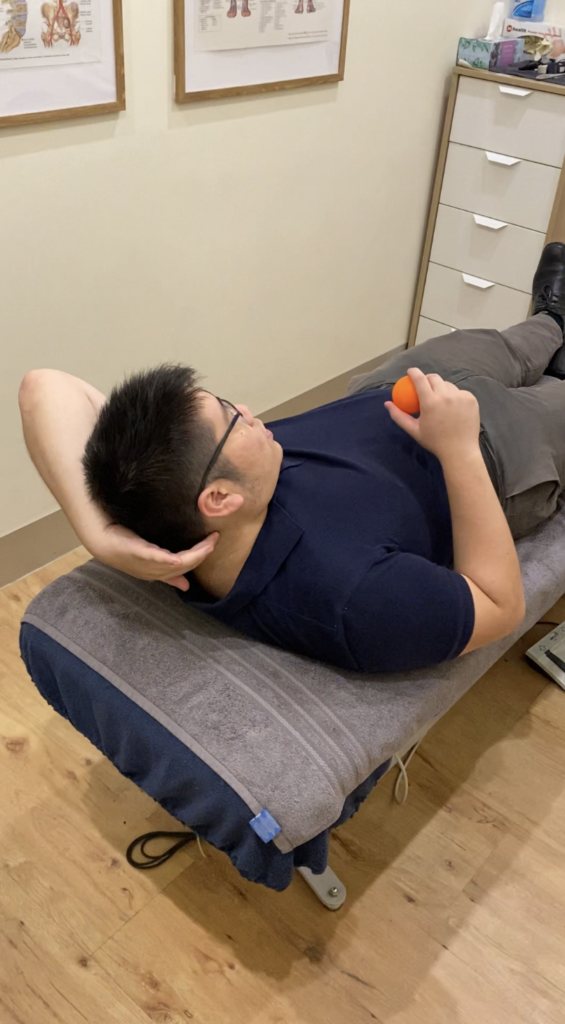


Posterior neck Trigger ball release
5. Strength
When it comes to muscle injuries, stretching and resting is definitely a good remedy for pain relief. However, muscles are designed to be strong to help support different structures around the body in particular the many different joints located in our musculoskeletal system. With all muscle injuries and sprain, it’s very important that we add a strength component. Have a look below at a simple exercise to try activate our neck muscles and strengthen them.



Standing Y-Raise
As with everything mentioned in this blog post, all the aforementioned exercises and tips are just a general take-home option for neck pain. If you are currently experiencing some kind of neck pain, don’t wait and have it assessed properly. Most neck pain cases can be managed effectively is assessed early and managed properly. Our practitioners here at Health House Clinics are all certified and trained to manage all kinds of different musculoskeletal pain, so don’t hesitate to drop by.
If you would like to find out more, please don’t hesitate to contact us on (02) 9524 8862 or email us at info@healthhouseclinics.com.au.
References:
Isaac. Z, Kelly R. H, Evaluation of the adult patient with neck pain, Atlas J. S, Kunins. L, UpToDate. Retrieved February 9th 2022, from https://www-uptodate-com.simsrad.net.ocs.mq.edu.au/contents/evaluation-of-the-adult-patient-with-neck-pain?search=cervical%20pain&source=search_result&selectedTitle=1~150&usage_type=default&display_rank=1
https://www.physio-pedia.com/Mechanical_Neck_Pain
Genebra CV, Maciel NM, Bento TP, Simeão SF, De Vitta A. Prevalence and factors associated with neck pain: a population-based study. Brazilian journal of physical therapy. 2017 Jul 1;21(4):274-80.
Kazeminasab, S., Nejadghaderi, S.A., Amiri, P. et al. Neck pain: global epidemiology, trends and risk factors. BMC Musculoskelet Disord 23, 26 (2022). https://doi.org/10.1186/s12891-021-04957-4


